The NVIDIA GeForce GTX 980 Ti Review
by Ryan Smith on May 31, 2015 6:00 PM ESTMeet The GeForce GTX 980 Ti
Like the rest of NVIDIA’s high-end cards in this generation, the reference GeForce GTX 980 Ti is launching with NVIDIA’s standard metal cooler. This design has served NVIDIA well since the launch of the GTX Titan in 2013 and continues to be the blower design to beat the high end, easily handling the 250W TDP of NVIDIA’s high-end cards without generating a ton of noise in the process.
As with so many other aspects of the GTX 980 Ti, the GTX 980 Ti’s cooler and build is a near-copy of the GTX Titan X. The only difference in the cooler is the paint job; GTX Titan X got a unique black paint job, while GTX 980 Ti gets the more standard bare aluminum finish with black lettering and a black-tinted polycarbonate window.
Otherwise there’s very little to be said about the GTX 980 Ti’s design that hasn’t been said before, so we’ll just recap what we said about the cooler design from our review of the GTX Titan X.
For GTX 980 Ti, NVIDIA has opted to leave well enough alone, having made virtually no changes to the shroud or cooling apparatus. And truth be told it’s hard to fault NVIDIA right now, as this design remains the gold (well, aluminum) standard for a blower. Looks aside, after years of blowers that rattled, or were too loud, or didn’t cool discrete components very well, NVIDIA is sitting on a very solid design that I’m not really sure how anyone would top (but I’d love to see them try).
In any case, our favorite metal shroud is back once again. Composed of a cast aluminum housing and held together using a combination of rivets and screws, it’s as physically solid a shroud as we’ve ever seen. The card measures 10.5” long overall, which at this point is NVIDIA’s standard size for high-end GTX cards.
Drilling down we have the card’s primary cooling apparatus, composed of a nickel-tipped wedge-shaped heatsink and ringed radial fan. The heatsink itself is attached to the GPU via a copper vapor chamber, something that has been exclusive to NVIDIA’s 250W cards and provides the best possible heat transfer between the GPU and heatsink. Meanwhile the rest of the card is covered with a black aluminum baseplate, providing basic heatsink functionality for the VRMs and other components while also protecting them.
Finally at the bottom of the stack we have the card itself, complete with the GM200 GPU, VRAM chips, and various discrete components. The GM200 PCB places the GPU and VRAM chips towards the front of the card, while the VRMs and other discrete components occupy the back. As with the GTX Titan X, GTX 980 Ti features NVIDIA’s reworked component placement to improve airflow to the discrete components and reduce temperatures, along with employing molded inductors.
NVIDIA once again employs a 6+2 phase VRM design, with 6 phases for the GPU and another 2 for the VRAM. This means that GTX 980 Ti has a bit of power delivery headroom – NVIDIA allows the power limit to be increased by 10% to 275W – but hardcore overclockers will find that there isn’t an extreme amount of additional headroom to play with. Based on our sample the actual shipping voltage at the max boost clock is a bit higher than GTX Titan X, coming in at 1.187v, so in non-TDP constrained scenarios there is some additional headroom through overvolting, up to 1.23v in the case of our sample.
In terms of overall design, unlike GTX Titan X and its 24 VRAM chips, for the GTX 980 Ti NVIDIA only needs to use 12 VRAM chips to get the card’s 6GB of VRAM, so all of the VRAM is located at the front of the card. Halving the RAM capacity simplifies the card a bit – there are now no critical components on the back – and it brings down the total VRAM power consumption slightly. However despite this, NVIDIA has not brought back the backplate from the GTX 980, having removed it on the GTX Titan X due to the VRAM chips it placed on the rear.
Moving on, in accordance with GTX 980 Ti’s 250W TDP and the reuse of the metal cooler, power delivery for the GTX 980 Ti is identical to its predecessors. This means a 6-pin and an 8-pin power connector at the top of the card, to provide up to 225W, with the final 75W coming from the PCIe slot.
Meanwhile display I/O follows the same configuration we’ve seen on the rest of the high-end GTX 900 series. This is 1x DL-DVI-I, 3x DisplayPort 1.2, and 1x HDMI 2.0, with a total limit of 4 displays. In the case of GTX 980 Ti the DVI port is somewhat antiquated at this point – the card is generally overpowered for the relatively low maximum resolutions of DL-DVI – but on the other hand the HDMI 2.0 port is actually going to be of some value here since it means GTX 980 Ti can drive a 4K TV. Meanwhile if you have money to spare and need to drive more than a single 4K display, GTX 980 Ti also features a pair of SLI connectors for even more power.
Finally, taking a look at the long term, I wanted to quickly hit upon the subject of the VRAM capacity difference between the GTX 980 Ti and the GTX Titan X. Essentially NVIDIA’s only remaining selling point for the GTX Titan X, the Titan will remain their only 12GB card for some time to come. For NVIDIA this means that they can pitch the GTX Titan X as a more future-proof card than the GTX 980 Ti, as it would be hard-pressed to run out of VRAM.
The question for the moment then is whether 12GB is worth a higher premium, let alone the GTX Titan X’s $350 premium. The original GTX Titan by comparison was fortunate enough to come out with 6GB right before the current-generation consoles launched, and with them their 8GB memory configurations. This lead to a rather sudden jump in VRAM requirements in games that the GTX Titan was well positioned to handle, whereas GTX 780 Ti and its 3GB of VRAM can struggle in the very latest games at 4K resolutions. Much like 6GB in 2013, 12GB is overkill in 2015, all the while 6GB is a more practical amount for a 384-bit card at this time.
But to answer the question at hand, unlike the original GTX Titan, I suspect 12GB will remain overkill for a much longer period of time, especially without a significant technology bump like the consoles to drive up VRAM requirements. And consequently I don’t expect GTX 980 Ti to have any real issues with VRAM capacity in games over the next couple of years, making it better off than the GTX 780 Ti, relatively speaking.


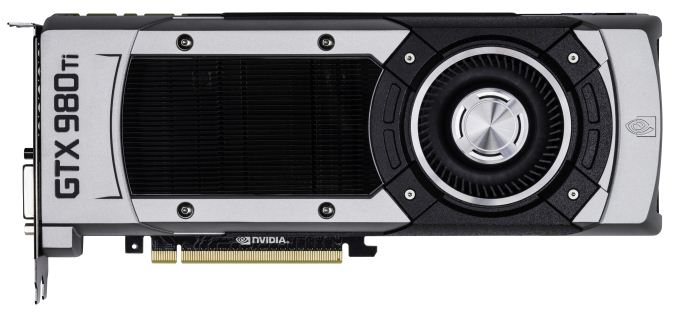
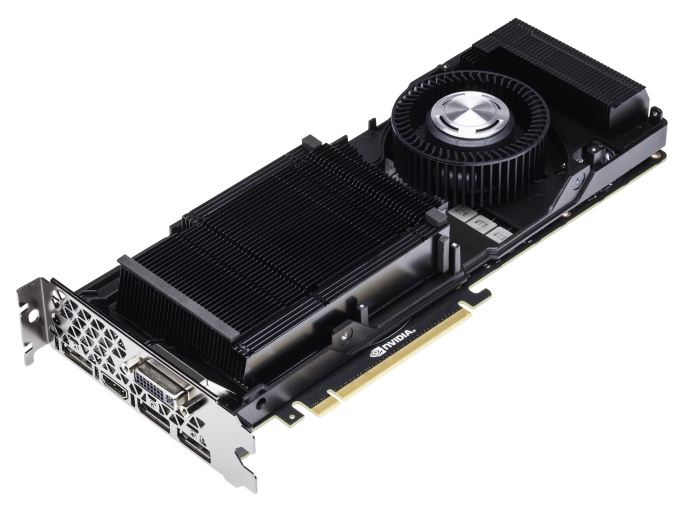
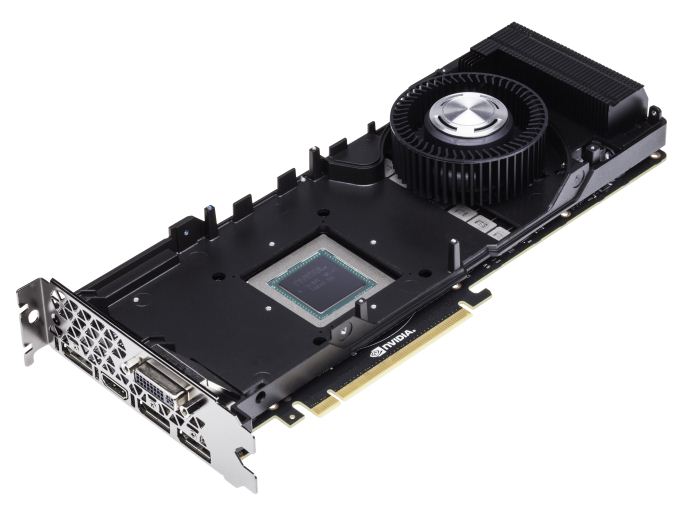
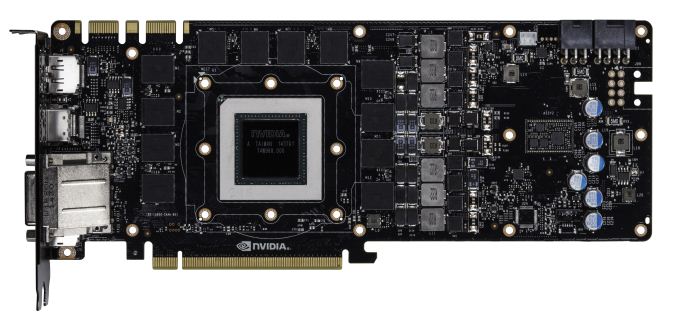

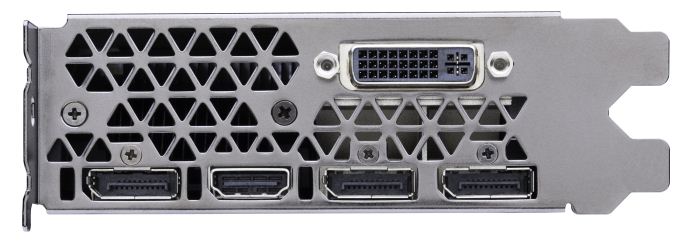








290 Comments
View All Comments
IUU - Saturday, June 6, 2015 - link
Wow ,Crysis 3 and Battlefield 4 hitting 80 fps at very high 2560x1440.Clearly there's much room for better graphics at lower resolutions.
I would buy this card , but not if I knew the only benefit would be to
run games at higher resolutions, that is, graphics has some way to go still
and this card could accommodate such a prospect.
FlushedBubblyJock - Wednesday, June 10, 2015 - link
the R9 295X2 has completely lost it's luster and value, forget itlooper - Sunday, June 14, 2015 - link
This 980 Ti.... Is it the same physical size as my current 780?bullie - Monday, June 15, 2015 - link
<a href="http://fineartamerica.com/art/paintings/birds/all&... style="font: 10pt arial; text-decoration: underline;">birds paintings for sale</a>bullie - Monday, June 15, 2015 - link
<a href="http://fineartamerica.com/art/all/birds/canvas+pri... style="font: 10pt arial; text-decoration: underline;">birds canvas prints and birds canvas art for sale</a>bullie - Monday, June 15, 2015 - link
Buy prints:<a href="http://fineartamerica.com/art/all/birds/canvas+pri... style="font: 10pt arial; text-decoration: underline;">birds canvas prints and birds canvas art for sale</a>NvidiaWins - Thursday, June 18, 2015 - link
I'll wait to see what this 980GTX "METAL" is all about before I order a new gpu. With 770 Sli I'm in no real rush, as the 980Ti just barley surpassed my Firestrike Score(less than 100 graphic points)johnpombrio - Thursday, June 25, 2015 - link
I am just going through the AMD Fury X's reviews as it came out today with a ton of reviews (June 24th, 2015). It is excellent card and would have absolutely dominated the price point if this pesky GTX 980Ti just had not come along a month before AMD's much hyped launch. It cannot be such a coincidence that NVidia's card just happened to be so close in its benchmarks to the AMD's card. It is also such a coincidence that AMD set the price of their card at exactly the same price as NVidia. So my theory is that NVidia managed to get their hands on a reference Fury X and dialed in their 980Ti to match it. In the meantime, AMD was planning on charging a LOT more for their extremely well designed card (with its own built in water cooler and HBM) expecting the Ti to be launched much later this year but was forced to chop the price. If the price was cut, I don't expect the AIB manufacturers for the Fury X to be very pleased to have a lot less profit margin on the card. Three things may hold back the Fury X as well. One is that the Ti overclocks much better. Next is that the water cooler may or may not be welcomed by all considering its size and possible installation issues. Finally, AMD has been getting complaints by many folks over drivers (or lack thereof). Otherwise, a successful launch for both companies.deteugma - Thursday, July 16, 2015 - link
It is extremely frustrating that none of the charts include the 970.Loretta946 - Wednesday, August 1, 2018 - link
To solve this I made a small below base https://plungeroutersreview.voog.com/woodworking-p... you need to pierce you could actually simply use a nail rather.